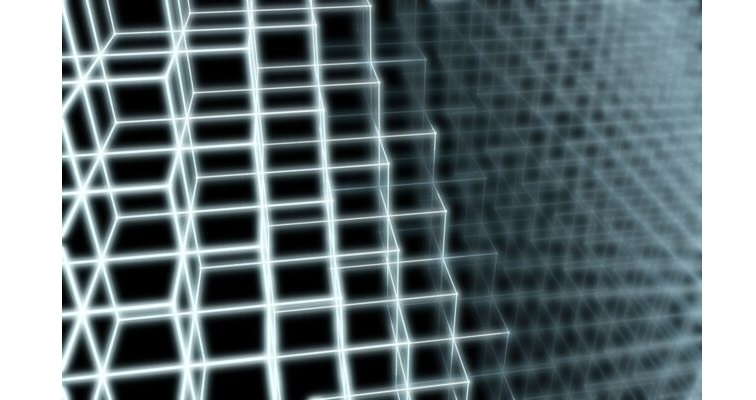A recent study conducted by IDC found that more than 50% of new IT infrastructure will be deployed at the edge by 2023.¹ From a management point of view, IDC predicts that 90% more new operational processes will be deployed on edge infrastructure by 2024.² There should be no doubt that the edge is the fastest growing area in the IT industry. Companies who do not adapt to such change and do not plan properly for it will find themselves struggling to keep the lights on while derailing attention from delivering the right IT services to the business.
The current state of the edge is very chaotic. A huge part of it is built on siloed infrastructure hosting proprietary operating systems, protocols and data sources creating unintentional architectures that only increases complexity as the number of edge locations grow.
Dell Technologies has been a leader in consolidating and simplifying the workloads on the edge with our 2-Node VxRail hyperconverged solution. For a while, it has been a sweet spot at the edge where customers have deployed multiple applications and standardized on x86 architectures all virtualized on vSphere. Deploying the 2 node VxRail solution at edge locations provides the following benefits:
◉ Reducing cost through infrastructure reduction.
◉ Accelerating infrastructure deployment at edge areas.
◉ Reducing infrastructure complexity through a standardized, centralized management console.
◉ Reducing risk of unplanned downtime and human error through automated lifecycle management (patching and upgrading).
However, as the number of edge locations grow, so does the need to optimize the cost of infrastructure there while maintaining the same benefits enjoyed by deploying a 2-Node VxRail solution.
Enter VxRail satellite nodes
VxRail satellite nodes are single nodes designed specifically for deployment in edge environments and managed through a centralized primary VxRail cluster running version 7.0.300 or later (likely at the core data center).
Similar to a normal 2-Node VxRail cluster or a traditional multi-node VxRail cluster, satellite nodes include VxRail HCI system software, providing a consistent VxRail operational experience across the edge and the core. But since satellite nodes are single nodes with no shared storage, they do not include any VSAN licenses. This has a positive impact on cost reduction when multiple edge location infrastructure is required. vSphere is still required to consolidate as many virtual machines as possible on a single solution.Edge location estates are usually small and concentrated, VxRail satellite nodes are a perfect choice since they come in 2 form factors; E660/F (1U chassis) and V670F (2U chassis) packed with high CPU cores, RAM and high-density storage (hybrid or flash, depending on the application requirements) so customers can consolidate even more.
Which use cases are a great fit for VxRail satellite nodes?
◉ Healthcare: VxRail clusters can be installed in data centers at regional and local hospitals while VxRail satellite nodes can be used at doctors’ offices, imaging facilities and localized urgent care.
◉ Retail: Once again corporate and ROBO data centers can run large and small clusters while stores are able to consolidate workloads like point of sale, video analysis, security and more on VxRail satellite nodes.
◉ Manufacturing: Oftentimes manufacturing customers want to partition off systems that are used in manufacturing plants. In those cases, we see VxRail used across multiple sites for corporate IT, and in parallel the Operational Technology (OT) teams install highly redundant and locally managed VxRail clusters in the manufacturing facilities, firewalled or DMZ’ed from the rest of the environment.
◉ IoT: VxRail satellite nodes can be installed in edge locations where sensors are present to capture and process data in real time.
◉ Telecom: VxRail satellite nodes can be of great value when installed in tower locations that are growing heavily with a very small real estate footprint.
With satellite nodes, customers can have consistent and centralized operations in the data center and at the edge (with VxRail management all the way), fully automated lifecycle management for VxRail satellite nodes – hardware and software – with minimal to no manual intervention required. Satellite nodes are optimized for cost by reducing virtual storage licensing and reducing the need for multiple nodes at the edge and also support GPUs for processing graphic intensive data at the edge. With VxRail satellite nodes, you can design once and install many.
It’s time to operationalize your edge with VxRail satellite nodes.
¹ IDC FutureScape, “Worldwide IT Industry 2021 Predictions,” October 2020.
² IDC blog, Edge Computing: Not All Edges are Created Equal, June 2020.
Source: delltechnologies.com






0 comments:
Post a Comment